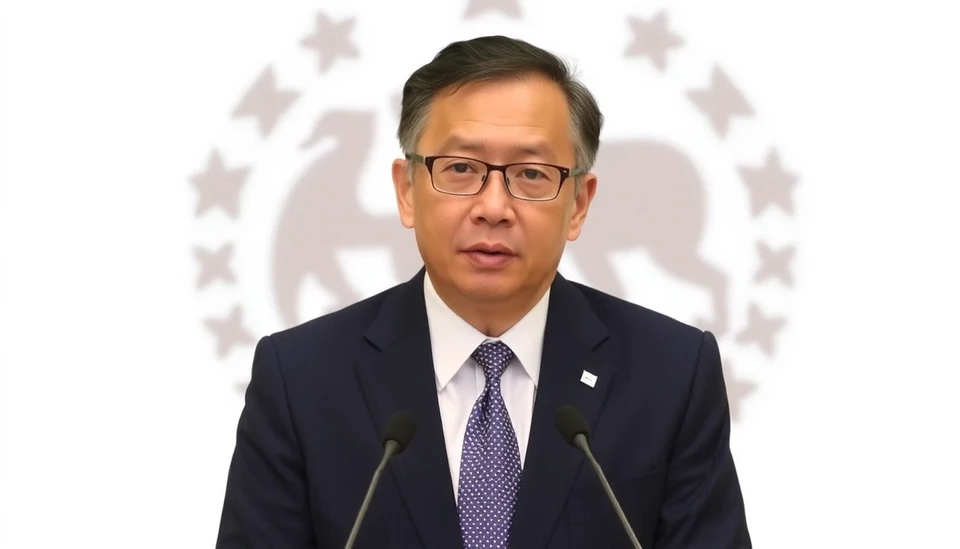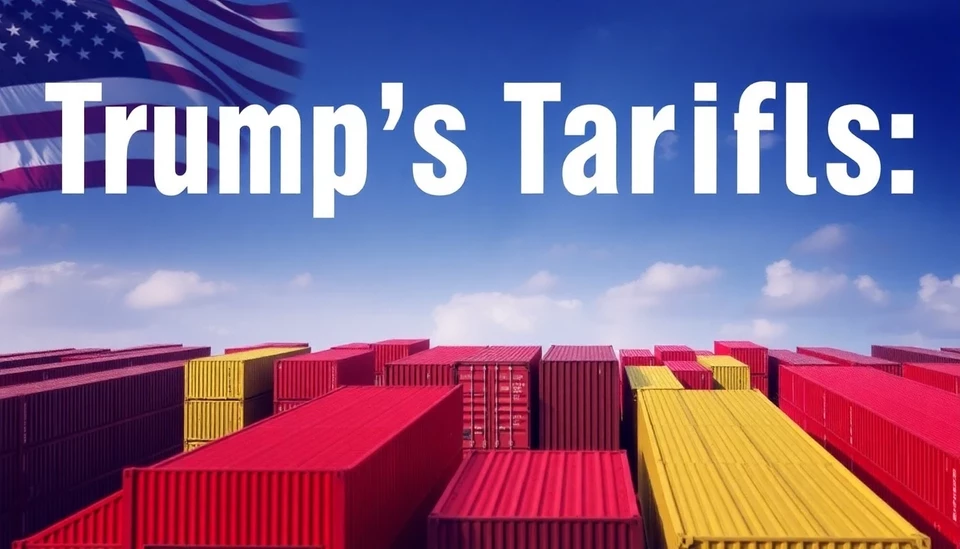
In response to the recent implementation of reciprocal tariffs by the United States, a wave of strategic maneuvering has unfolded across the Asia-Pacific region. The tariffs, designed as a countermeasure to China's economic policies, have left several nations reevaluating and adjusting their trade policies to mitigate potential economic fallout.
Countries including Japan, South Korea, and Australia are taking decisive actions to protect their economic interests while maintaining competitive trade relations. These nations have engaged in discussions to form new trade alliances and partnerships to buffer against the impacts of US tariffs. As tensions escalate, the region is seeing a surge in diplomatic engagements aimed at fortifying trade networks.
Japan, for instance, has been actively seeking to solidify its economic ties within the region. Initiatives such as deepening trade agreements with the Association of Southeast Asian Nations (ASEAN) and exploring opportunities for free trade agreements (FTAs) are at the forefront of Japan's strategy. By enhancing trade relations within the region, Japan aims to create a robust buffer against the adverse effects of US tariffs.
South Korea, on the other hand, has been focusing on diversifying its export markets. With the US placing tariffs on certain goods, South Korean exporters are now looking toward alternative markets in Southeast Asia and Latin America. Seoul's government has been proactive in facilitating support for affected sectors while also investing in sectors that show potential for growth outside traditional markets.
Australia, an ally of the US, has found itself in a complex position, balancing its long-standing relationship with Washington while also navigating a growing economic interdependence with China. The Australian government is considering measures to ensure that domestic industries are not overly burdened by the ramifications of the US-China trade feud. This involves reassessing tariffs and exploring new markets to solidify economic stability.
Meanwhile, the regional economic landscape is changing rapidly. Countries are recognizing the need to enhance intra-regional trade to offset reliance on traditional powerhouses. Initiatives like the Regional Comprehensive Economic Partnership (RCEP) are gaining momentum, aiming to deepen economic integration among member countries and create a more interconnected Asia-Pacific economy.
The implications are significant, as these developing trade dynamics may shift the balance of power in global trade. The Asia-Pacific nations are fostering a collaborative approach to create a united front against unilateral actions taken by larger economies. As these countries adapt to the evolving scenario, the resilience and innovation within the Asia-Pacific trade sector could redefine their economic trajectories.
In summary, as the US enacts reciprocal tariffs, Asia-Pacific countries are not sitting idly. They are strategically working to pivot and enhance their economic relationships, focusing on strengthening regional cooperation and diversification of trade to weather the storm. The evolving trade landscape is a clear indication that adaptability and collaboration will be key in facing the challenges posed by global economic shifts.
### Hashtags:
#TradeWars #AsiaPacificTrade #Tariffs #EconomicPolicy #GlobalTrade #Japan #SouthKorea #Australia #ASEAN #RCEP #TradeRelationships
Author: Rachel Greene




